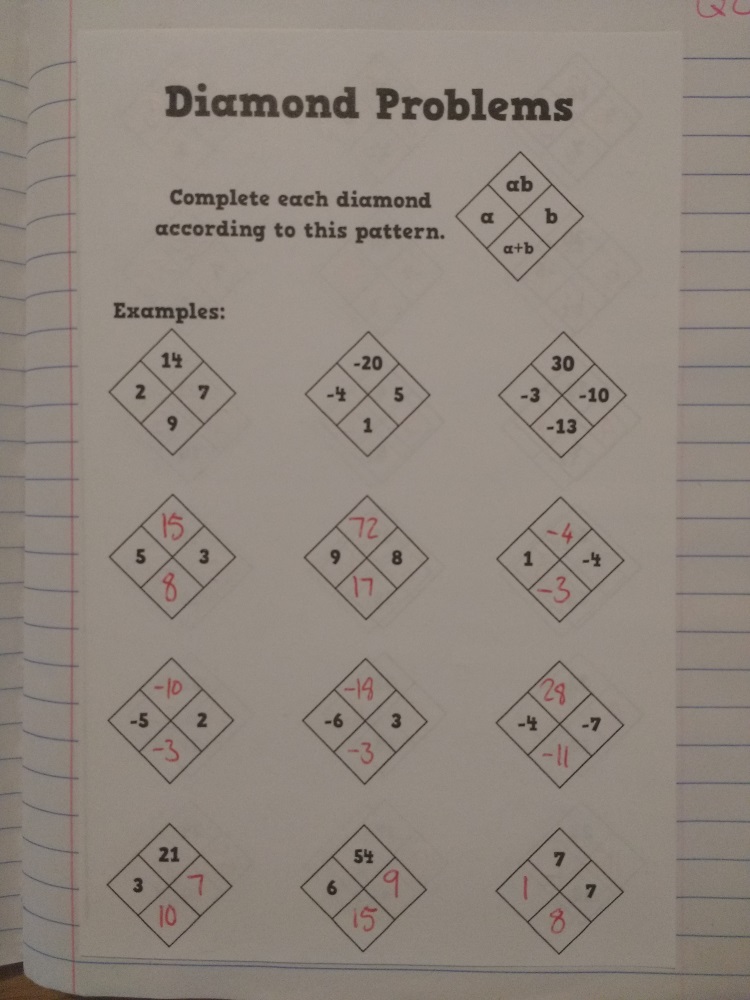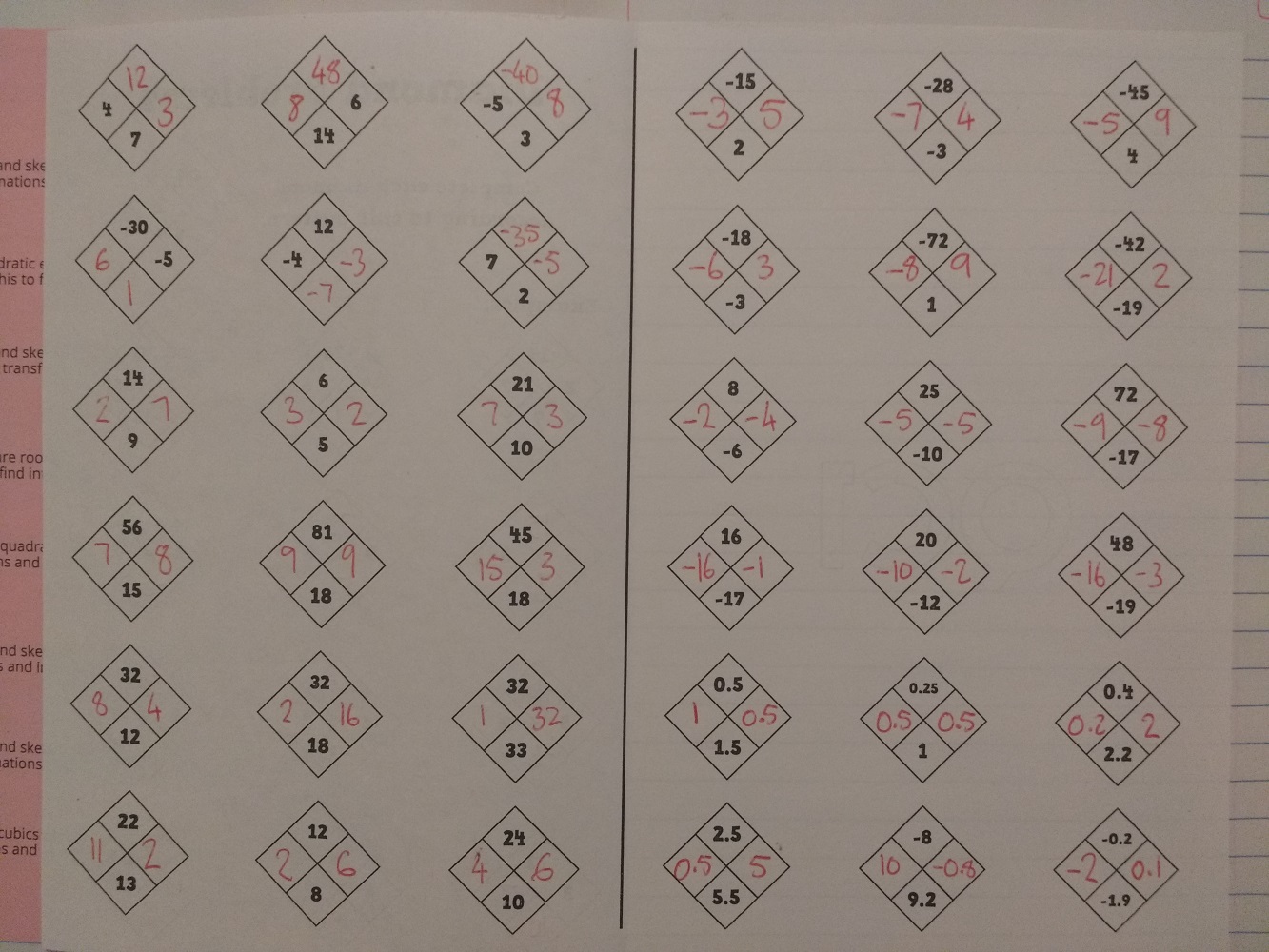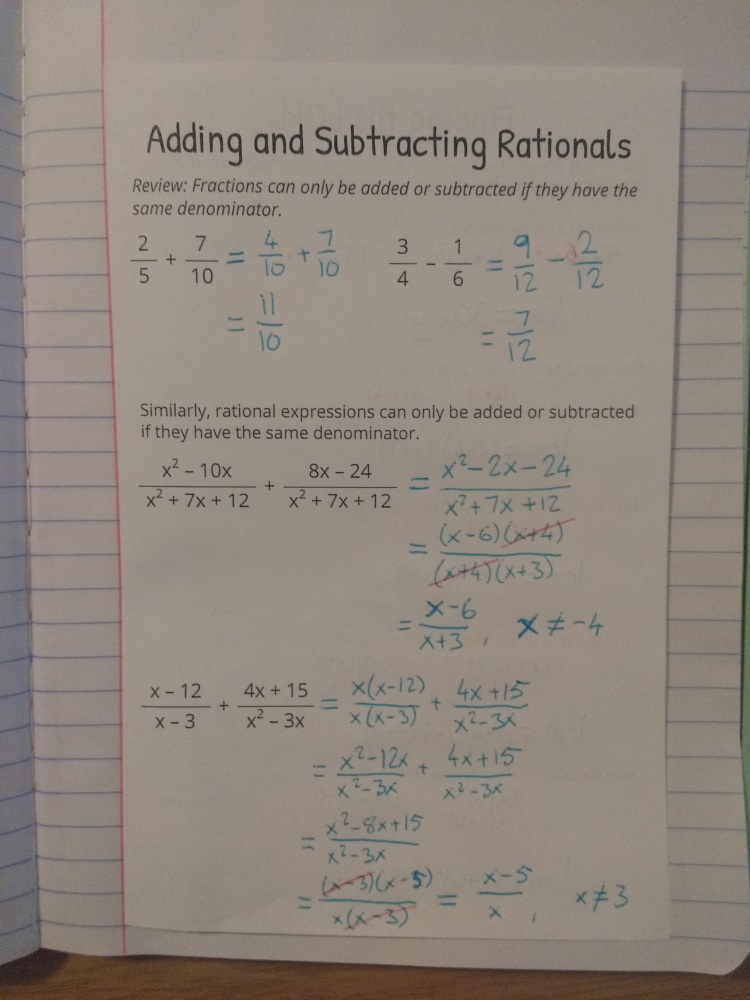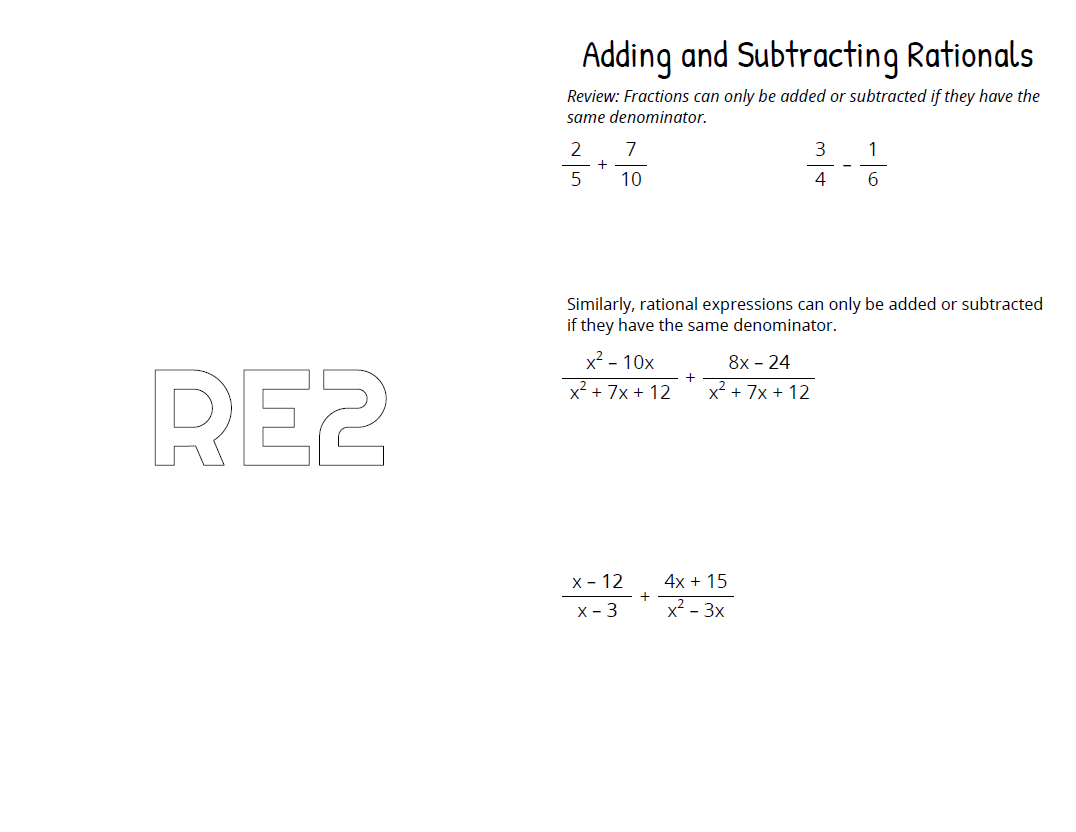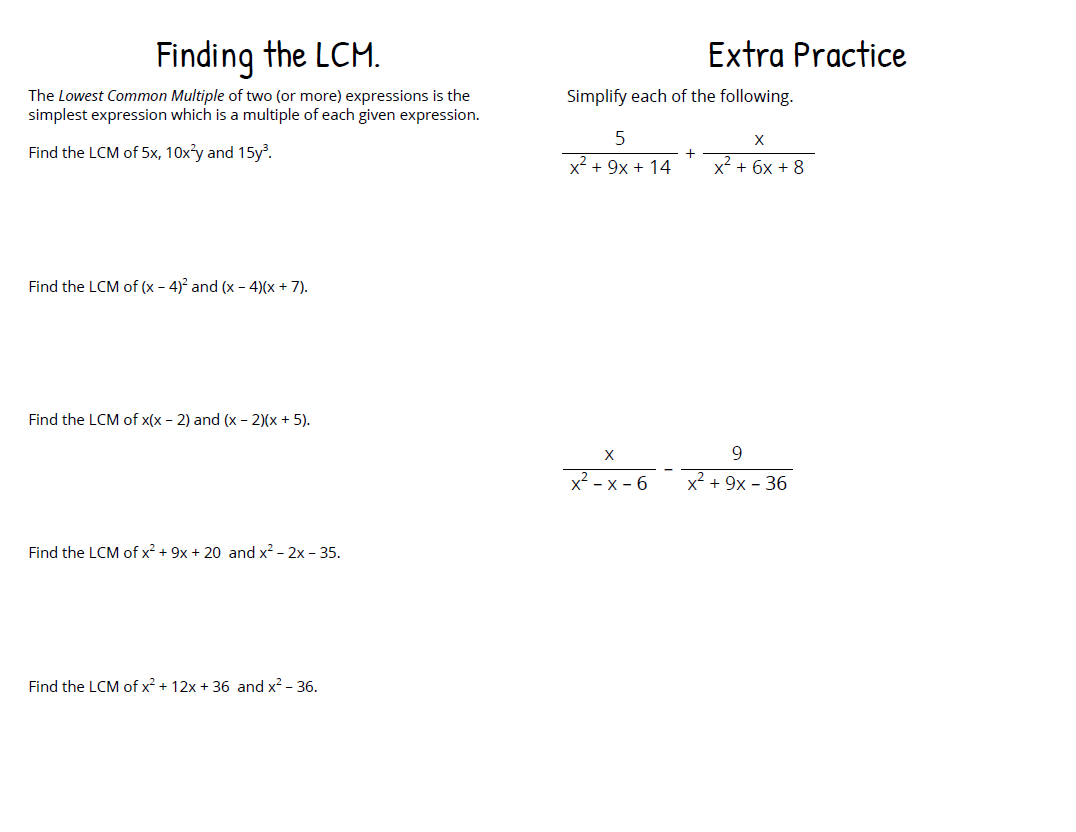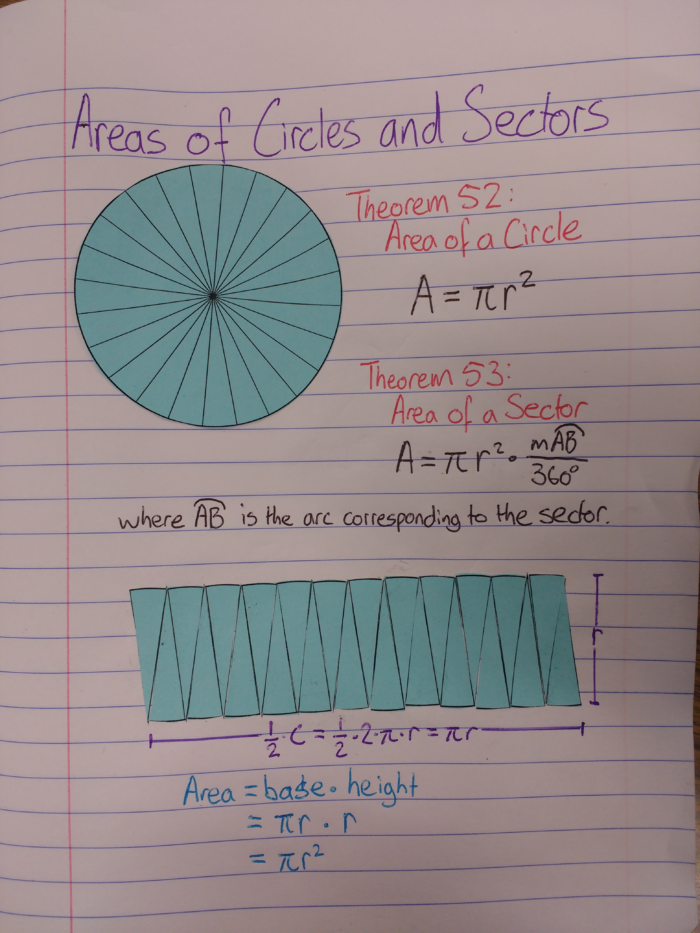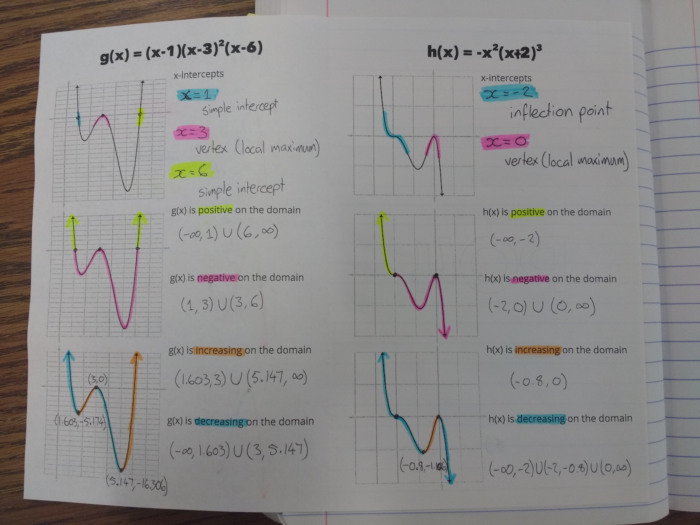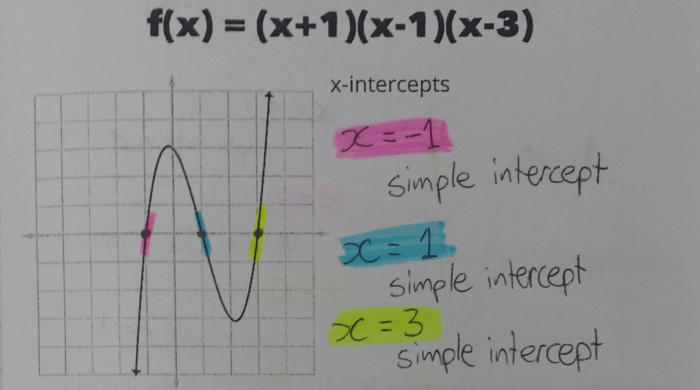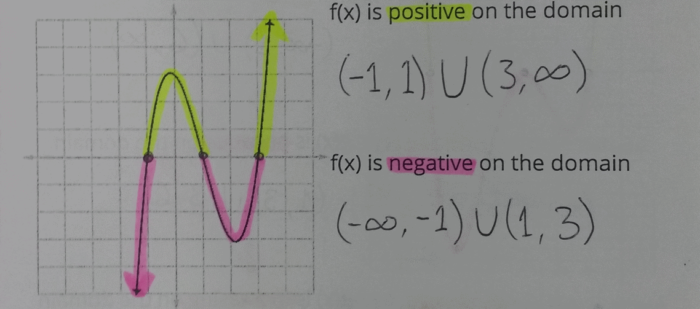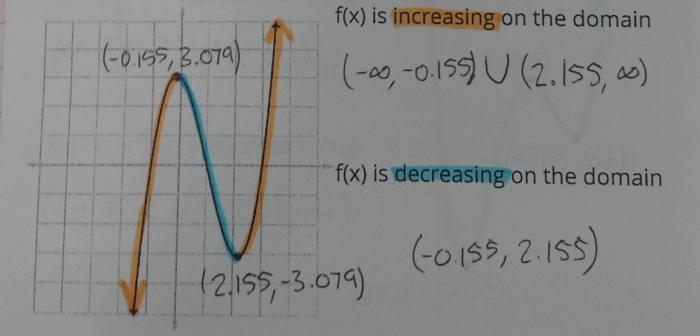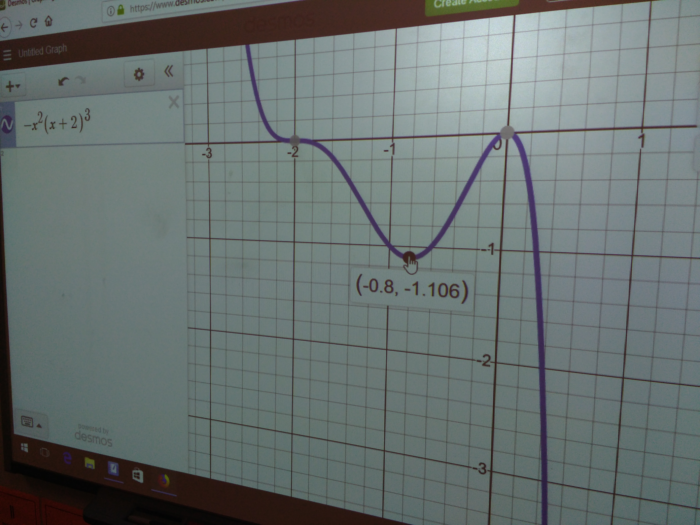Continuing the theme of blogging I didn’t get around to last year, here are some diamond problems for INBs.
If you haven’t heard of these before, the solution to these puzzles consist of four numbers. The top number is the product of the left and right numbers, and the bottom number is the sum of the left and right numbers. The puzzle consists of the diamond with two numbers filled in; the task is to determine the other two numbers.
If the puzzle gives the left and right numbers, the solution is pretty simple. Even so, I provided some of these on the first page so students could understand the problem before moving on to the actual challenge: finding the left and right numbers when given the top and bottom.
You may have noticed that the solutions to these puzzles are related to quadratics. For instance, the first example matches the factorization x2 + 9x + 14 = (x + 2)(x + 7). The magic of these puzzles is that they start teaching kids this vital skill for Algebra without it being obvious that’s what happening.
If you’re teaching middle school or even upper elementary school, I really recommend giving your students these puzzles. You can change the difficulty as you need, introducing negatives when students are ready, and decimals or fractions when you really want to up the challenge. The puzzle is a logical thinking problem which is not too difficult to understand, and ties directly in a skill needed in Algebra. As it happens, I used these in Algebra 2, because that’s what I was teaching, but I wish I’d known to use these puzzles when I used to teach 7th grade. Your students’ future Algebra teachers will love you for it.
Downloads are here, including blank versions for you to write in your own numbers.
There’s also a last-five-minutes activity I used a few times related to this. Once students know how the puzzles work, have a student invent their own puzzle and write it on the board for the rest of the class to solve. I had some (very competitive) students who were very determined to give their classmates a problem they couldn’t solve, and others who were equally determined to solve these problems.
